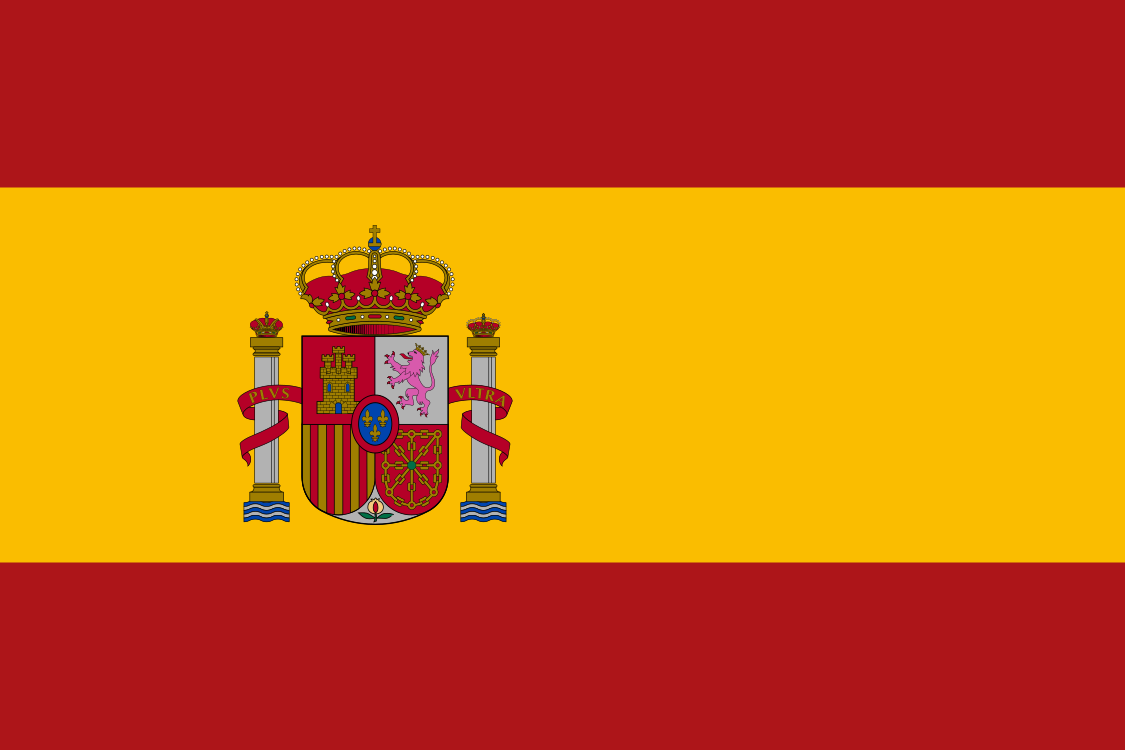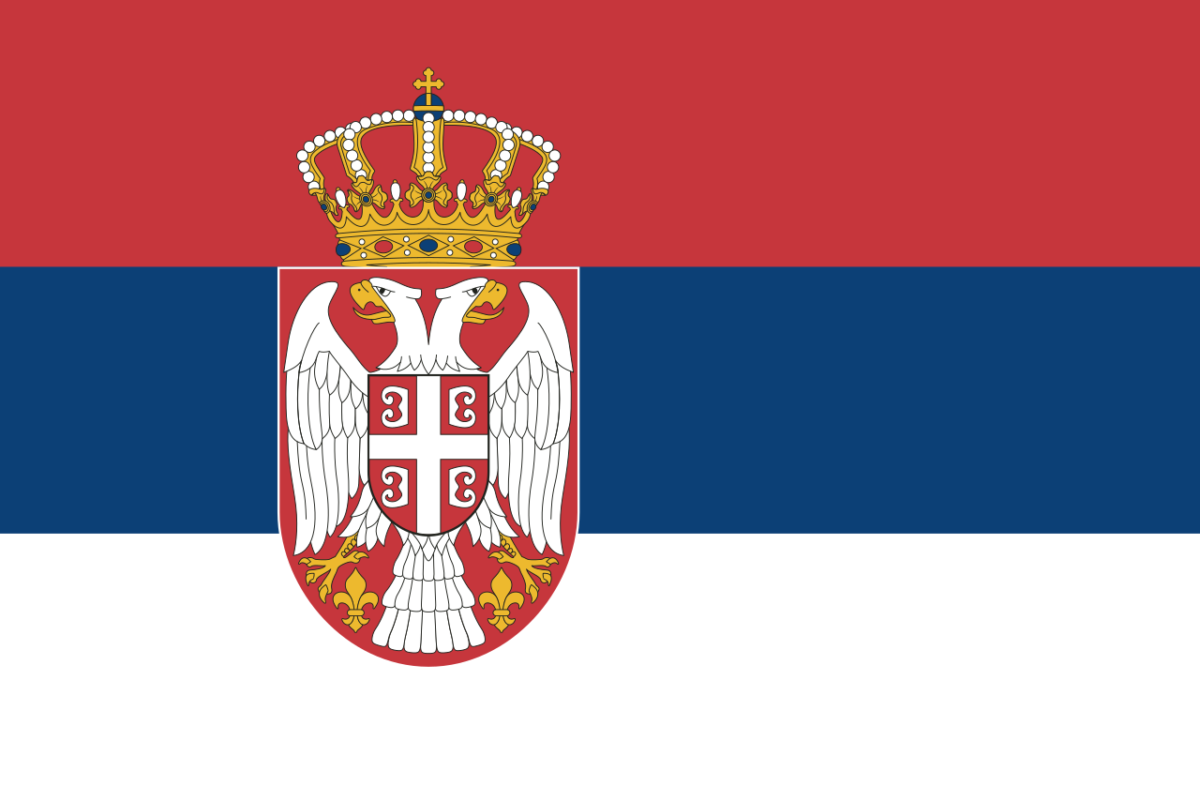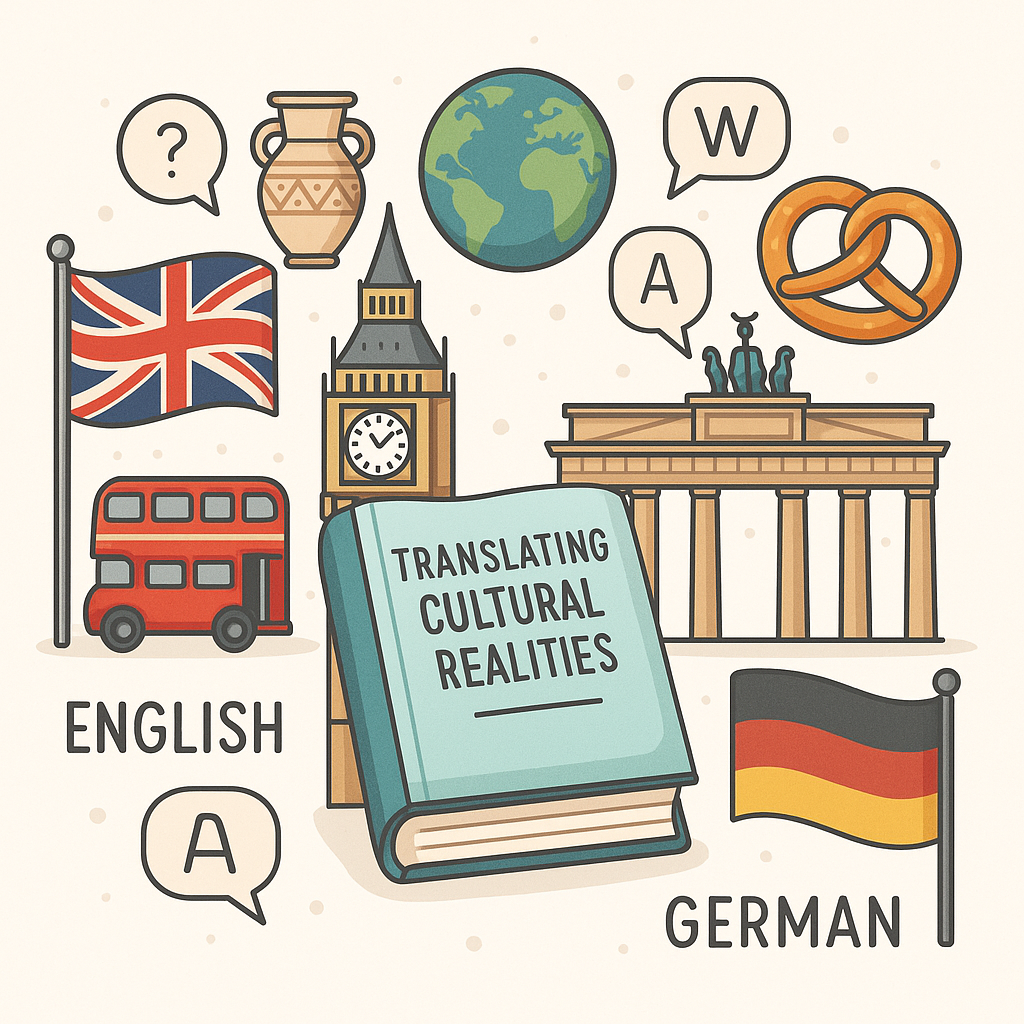🟢 Choose your language: https://levitinlanguageschool.com/#languages
What Are Realia?
In the realm of translation studies, realia refer to culturally specific concepts that often have no direct equivalents in other languages. These are words and expressions deeply rooted in the cultural, social, or historical contexts of a particular linguistic community. The term “realia” is derived from Latin, and despite its plural form, it is widely used in English-language linguistic discourse without a singular equivalent.
Examples of realia include food items, holidays, administrative structures, or unique social customs. When translators encounter such terms, they are challenged not only to convey meaning but also to bridge cultural understanding.
Classification of Realia
Realia can be categorized into several groups based on the cultural spheres they represent. These include:
1. Geographic and Ethnographic Realia
These encompass elements such as landscape, climate, flora, and fauna that are culturally unique or carry special connotations.
2. Social and Everyday Life Realia
This category includes domestic objects, clothing, food, housing styles, and local customs that are distinctive to a culture.
3. Political and Administrative Realia
Terms related to legal systems, government institutions, and social structures that have no direct counterparts in other cultures.
4. Artistic and Cultural Realia
These involve traditions, festivals, literature, music, and other cultural phenomena that may require contextual adaptation.
Translation Strategies
Translating realia is one of the most complex aspects of cross-cultural communication. Common strategies include:
- Transliteration (e.g., dacha, samovar)
- Descriptive translation (explaining the concept)
- Functional equivalence (finding a culturally similar term)
- Footnotes or endnotes (providing additional explanation)
Each method has its pros and cons, and the translator must balance fidelity to the source with comprehensibility for the target audience.
Why Realia Matter
The successful translation of realia helps to preserve cultural authenticity and enhance the reader’s immersion in the text. On the other hand, mishandling realia can lead to misunderstandings, cultural insensitivity, or loss of meaning.
Whether you are translating literature, legal texts, or marketing content, acknowledging the cultural weight of realia is crucial. A word like “banya” in Russian or “siesta” in Spanish is more than just a bathhouse or nap—it carries emotional, cultural, and even historical significance.
Final Thoughts
Understanding realia is vital not only for professional translators but also for language learners, educators, and cross-cultural communicators. In an increasingly interconnected world, the ability to navigate cultural nuances through language becomes a key asset.
📄 Original version of this article was published in Ukrainian in the academic journal “Scientific Bulletin of Kremenchuk Mykhailo Ostrohradskyi National University” (Науковий вісник Кременчуцького національного університету імені Михайла Остроградського).
🔗 Read the original PDF (Ukrainian)
✍️ Author: Tymur Levitin — linguist, educator, and founder of the Start Language School by Tymur Levitin
🌐 Learn more: https://levitinlanguageschool.com
🇺🇸 Visit the U.S. edition of our site: https://languagelearnings.com




















